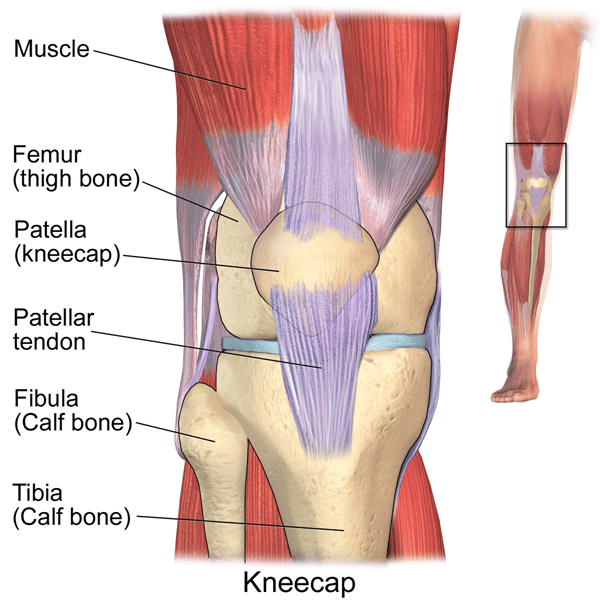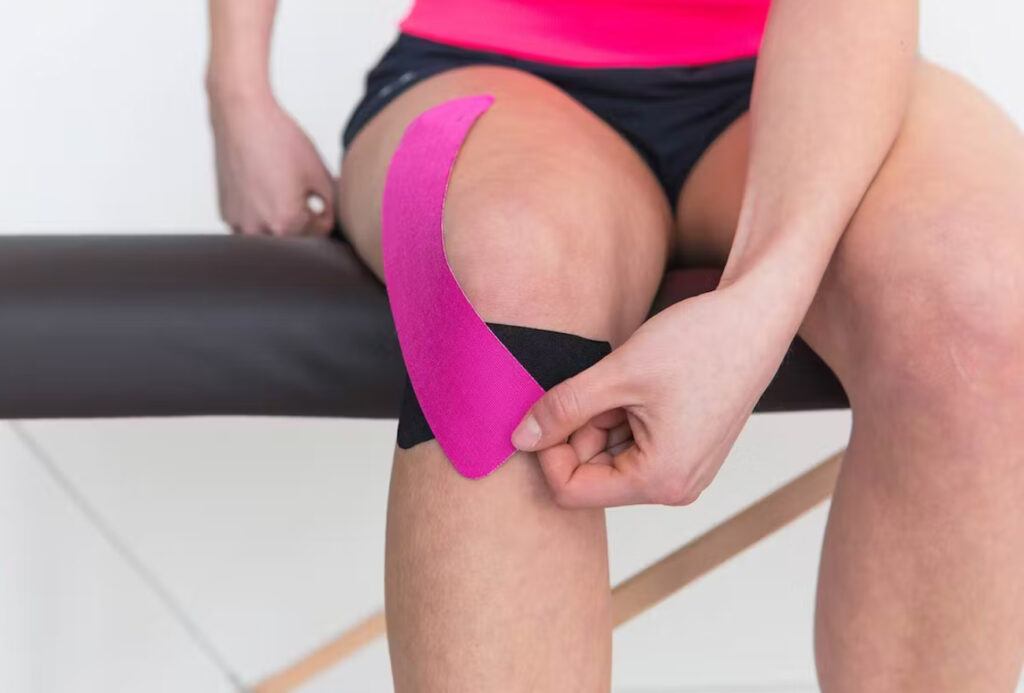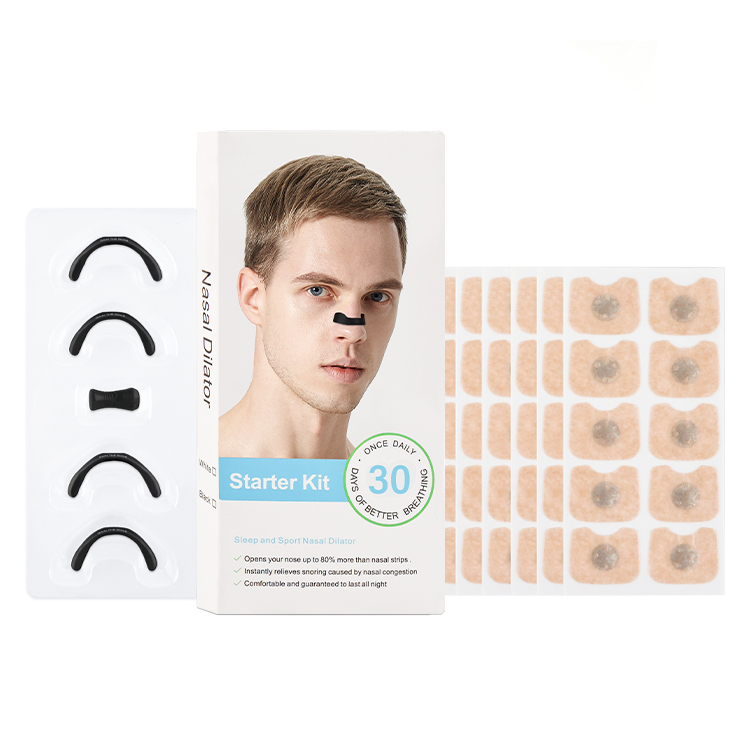Kinesiology tape for patella is a kind of soft and elastic tape, which is made of pure cotton fabric or rayon fabric cut into uniform size, and one side is brushed with glue. Unlike the common scotch tape or electrical tape, it is made of cloth and is mainly used for muscles, such as muscle pain, muscle injury, etc.
Kinesiology tape for patella can also be used to fix joints. Compared with sports tape, because it is elastic, it does not restrict joint activities while fixing joints and is more suitable for use during sports.
what is the patella?
The patella, the largest sesamoid bone in the body, sits in front of the knee joint, within the quadriceps tendon, and provides an attachment point for the quadriceps tendon and the patellar ligament. The primary function of the patella is to increase the effective extension of the quadriceps by increasing the moment arm of the patellar tendon. In addition, the patella protects the quadriceps tendon from friction by minimizing the tendon’s contact with the femur and acts as a bone shield for the underlying structures of the knee joint.


Does Kinesiology tape for patella work?
The main causes of patella pain are: patellar instability, Trochlear Dysplasia, high patella, inferior patella, patellofemoral arthritis, etc.
Patellar instability: It refers to a spectrum of clinical manifestations ranging from abnormal medial or lateral displacement to patellar dislocation or subluxation. The cause of patellar instability is usually multifactorial, but the most common cause is anatomical and mechanical imbalance of the patellofemoral joint. Following acute injury such as dislocation or subluxation, patellar instability can be treated nonsurgically with immobilization and reduced weight bearing.
After the knee has healed, physical therapy can help correct the mechanical imbalance that caused the instability in the first place. Usually physical therapy is done through Kinesiology tape for patella. It can help stabilize the patella and relieve pain. But it doesn’t really treat, it just makes you feel better. If your patella pain is so severe that you still need surgery, Kinesiology tape for patella is only suitable for initial symptoms.
Trochlear dysplasia: It is a common cause of recurrent patellar instability and refers to one or more anatomical defects of the femoral trochlear that affect the normal trajectory of the patella. Treatment of trochlear dysplasia is similar to patellar instability, and surgical intervention is reserved for patients with recurrent dislocations. If it is an initial symptom, it is recommended to use Kinesiology tape for patella to fix and relieve it.
Inferior patella or low patella: characterized by a reduced distance between the inferior pole of the patella and the articular surface of the tibia and/or permanent shortening of the patella tendon when the patella is in a distal position to the trochlea. Symptomatic inferior patella can usually only be treated with surgery, and Kinesiology tape for patella is ineffective.
Elevated patella: It is characterized by a high position of the patella above the trochlear groove of the femur, which results in the inability of the patella to articulate with the trochlear groove in late flexion. This increases the risk of patellar luxation. Conservative treatment of a high patella includes manual sliding to change the resting height of the patella before knee extension or taping with Kinesiology tape for patella to correct malposition of the patella.
Patellofemoral arthritis is characterized by loss of articular cartilage on either surface of the patella and trochlear groove. This situation can only be treated by surgery, logistics treatment has little effect.
How do you tape a patella knee with Kinesiology tape for a patella?


Preparation:
A roll of Kinesiology tape for patella
1 pair of scissors
Taping skills
1. Apply tape 1 hour before starting exercise
2. Thoroughly remove dirt, moisture, oil and lotion on the skin before sticking
3. To fully activate the adhesive, please carefully wipe the tape several times after pasting
4. In particularly hairy areas, trim the hairs to ensure the tape adheres better
Instructions:
1. Sit on a chair and bend your knees 90°.
2. Cut a section of kinesiology tape with a length of about 15cm from the tape, and then stick the 75% elastic tape just below the kneecap and pass through the kneecap tendon.
3. Attach both ends of the tape without stretching.
4. Place the anchor on the quadriceps approximately 15-20 cm above the knee cap without any stretch.
5. Apply 25 percent stretch to the quadriceps up to the top of the kneecap.
6. From here, increase the stretch by 50% and bend the tape around the knee towards the inside of the knee.
7. Apply the last part of the tape without stretching.
8. Apply the anchor point to the inside of the quad, at the same height as the first strip, without stretching.
9. Again, stretch the 25% tape over the quadriceps, up to the top of the kneecap.
10. From here, increase to a 50% stretch and bend the tape around the knee pads towards the outside of the knee.
11. Apply the last part of the tape without stretching.
12. Make sure to give the entire application another good rub to activate the adhesive. Congratulations, that’s it.






